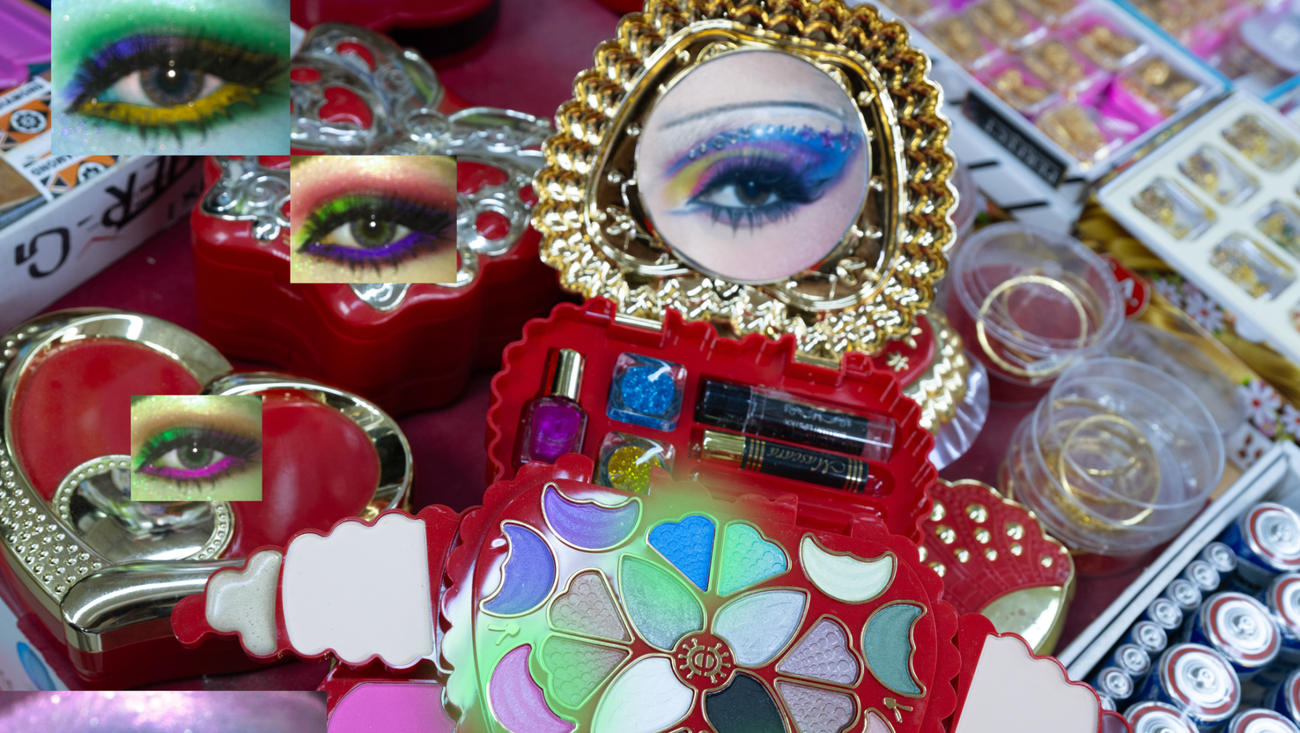In the early part of 2024, the Envisioning Studio at Google undertook a novel initiative that sought to redefine how we perceive artificial intelligence (AI) through photography. This endeavor, titled "Alternative Images of AI," involved the collaboration of three distinguished artists: Farah Al Qasimi, Charlie Engman, and Max Pinckers. The project was designed with the intention of using photography to craft new visual representations of AI, focusing significantly on human experiences and interactions with this rapidly evolving technology. By doing so, the initiative aimed to transcend the conventional and often clichéd depictions of AI that saturate our digital world.
Understanding the Need for New AI Imagery
In the digital realm, AI is often represented by a narrow set of images, typically featuring elements like microchips, neural networks, and humanoid robots. While these images are prevalent, they fail to convey the true depth and breadth of AI, often leading to misunderstandings about its capabilities and challenges. As AI continues to weave itself into the fabric of our daily lives, it becomes crucial to reassess how these visuals influence our perception and engagement with the technology. Through this project, Google’s Envisioning Studio aimed to collaborate with artists to explore how photography could offer a fresh lens through which people might relate to AI differently.
The Exhibition: "Alternative Images of AI"
The culmination of this artistic endeavor is a series of photographs that offer innovative, global perspectives on AI. This collection is currently on display at the International Center of Photography (ICP) in New York City, with the exhibition running until January 6, 2025. For those unable to visit in person, the exhibition is also accessible digitally, allowing a broader audience to engage with this unique portrayal of AI.
The artists employed speculative photography, a technique that involves staged scenes and digital manipulation, to capture images of individuals in diverse locations such as the United Arab Emirates, Ghana, and Belgium. Their selection was based on their proficiency in using photography to blur the lines between reality and fiction. Each artist was tasked with addressing a pivotal question: What kind of relationships should we aspire to have with AI technologies today and in the future?
Traditionally, AI has been depicted as something intangible, almost unseeable. These photographs serve as a medium of reflection, showcasing how each artist envisions different societies interacting with AI. The ultimate goal is to ignite meaningful public discussions about the emotional and social impacts of engaging with AI.
Farah Al Qasimi’s Vision
Farah Al Qasimi approaches the concept of AI by contemplating how our understanding of the natural world and our relationships with one another might evolve beyond the constraints of language or description. Her work, captured in Abu Dhabi, does not emphasize the overt presence of AI. Instead, it delves into the subtler ways AI can facilitate connections between people, transcending the physical barriers of screens and devices.
Farah’s artistic exploration encourages viewers to consider how AI might enrich human connections, creating new possibilities for communication and understanding. By focusing on the nuanced interplay between technology and the natural world, her work invites us to imagine a future where AI serves as a bridge, rather than a barrier, to human interaction.
Expanding the Conversation
The "Alternative Images of AI" project not only challenges existing stereotypes but also broadens the conversation about AI’s role in society. By presenting AI in a new light, the exhibition prompts viewers to reflect on their own perceptions and experiences with technology. It encourages a reimagining of AI as a tool for enhancing human connections, rather than a cold, impersonal machine.
In addition to the visual impact of the photographs, the project serves as a catalyst for dialogue about the ethical and social implications of AI. It raises important questions about how we want AI to fit into our lives and what kind of relationships we should cultivate with this technology. By fostering these discussions, the project aims to contribute to a more informed and nuanced understanding of AI’s potential.
The Role of Artists in Shaping AI Perception
Artists play a crucial role in shaping how we perceive and interact with technology. Through their creative vision, they can challenge prevailing narratives and offer alternative perspectives that resonate with a broader audience. The collaboration between Google’s Envisioning Studio and the three artists highlights the importance of interdisciplinary approaches in exploring complex subjects like AI.
By leveraging the power of photography, the artists in this project have created a visual language that speaks to the human experience of AI. Their work underscores the potential of art to not only reflect but also influence societal attitudes towards technology. As AI continues to evolve, such artistic endeavors will be vital in ensuring that our engagement with technology remains thoughtful and informed.
Conclusion
The "Alternative Images of AI" exhibition is a testament to the power of art in reshaping our understanding of technology. By presenting AI through the lens of human experience, the project invites us to reconsider our relationship with this transformative force. As we navigate the complexities of an increasingly AI-driven world, initiatives like this remind us of the importance of maintaining a human-centered approach to technology. To explore the exhibition and learn more about the artists involved, you can visit the International Center of Photography’s website.
For more Information, Refer to this article.
































